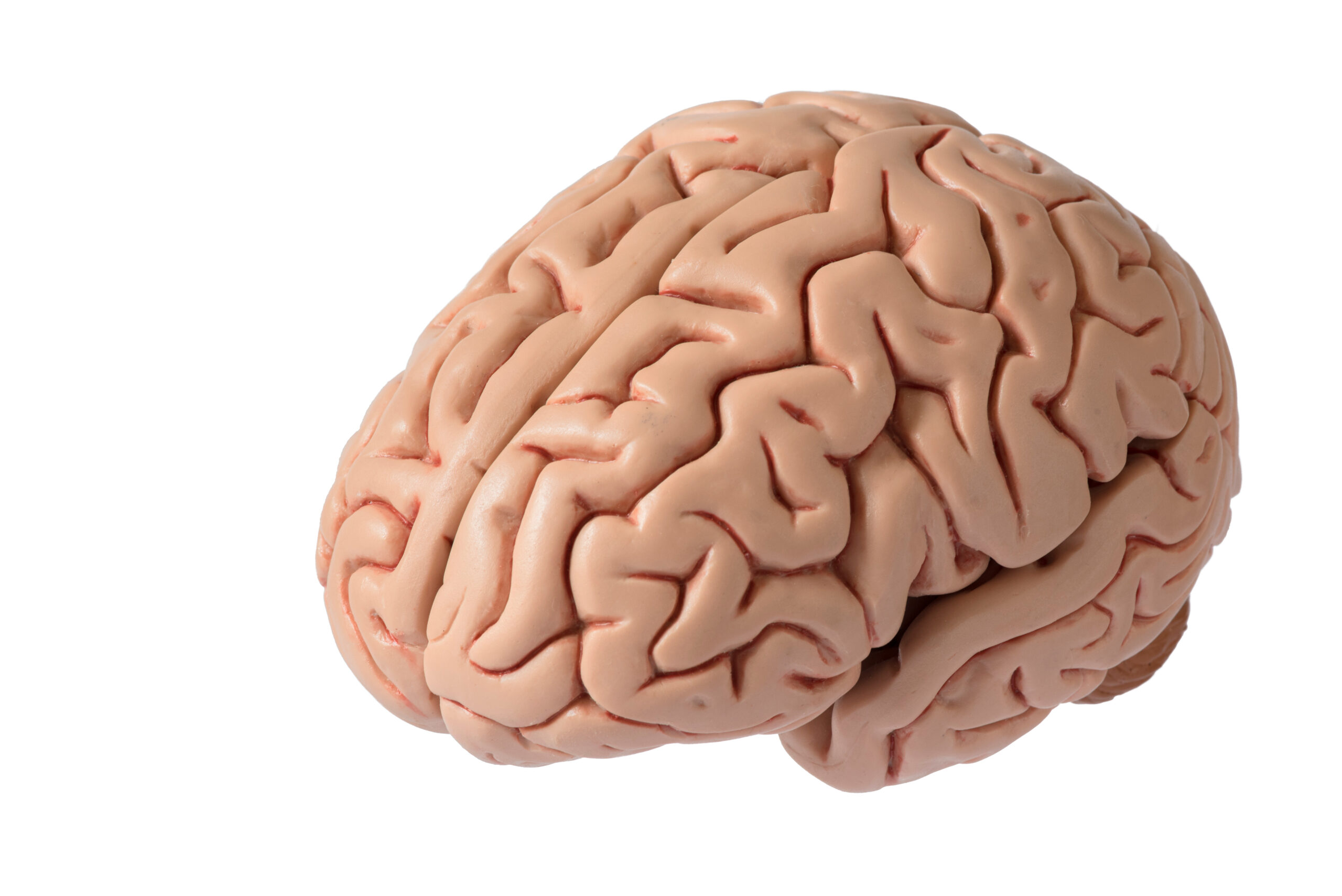Why Your Love of Dried Lavender Boosts Hippocampal Relaxation
### Why Your Love of Dried Lavender Boosts Hippocampal Relaxation
Lavender is a beautiful, fragrant flower that has been used for centuries to promote relaxation and calmness. But have you ever wondered why dried lavender is so effective at helping you unwind? The answer lies in its ability to interact with your brain, particularly the hippocampus, which is a key part of your emotional and memory centers.
### The Science Behind Lavender’s Calming Effects
When you inhale the scent of dried lavender, its aromatic molecules travel through your nasal passages and reach the olfactory bulb, which is directly connected to the brain’s emotional centers. This process triggers a calming response in your brain, reducing stress levels almost immediately. Lavender oil contains key compounds like linalool and linalyl acetate, which interact with the brain to promote relaxation and reduce the release of stress hormones like cortisol[1].
### How Lavender Affects the Hippocampus
The hippocampus is a crucial part of the brain that plays a significant role in memory and emotion regulation. When you are stressed or anxious, your hippocampus can become overactive, leading to feelings of unease and tension. Lavender oil helps calm the hippocampus by reducing its activity, promoting a state of relaxation and reducing anxiety. This is why lavender is often described as a “balancer” for the nervous system, helping to uplift your mood when you’re feeling low and calm your mind when emotions are running high[1].
### Practical Ways to Use Lavender for Relaxation
There are several ways to incorporate dried lavender into your daily routine to boost hippocampal relaxation:
1. **Aromatherapy**: Add a few drops of lavender essential oil to a diffuser. This will disperse its soothing aroma throughout your space, creating a relaxing environment perfect for meditation, yoga, or before bedtime[1].
2. **Direct Inhalation**: Place a drop or two of lavender oil on a tissue or cotton ball and hold it close to your nose. Take slow, deep breaths to allow the aroma to reach the olfactory receptors, which communicate directly with the brain’s emotional centers[1].
3. **Topical Application**: Dilute lavender essential oil with a carrier oil like coconut or almond oil and massage it onto pulse points like the wrists, temples, or behind the ears. This method provides a dual benefit of aromatherapy and localized relaxation[1].
4. **Relaxing Bath Soak**: Add 5-10 drops of lavender oil to a carrier oil or bath salt before dispersing it into the water. The warm steam carries the aroma, helping to calm your senses while the water soothes your muscles[1].
### Conclusion
Dried lavender is more than just a pretty flower; it’s a natural remedy that can significantly boost hippocampal relaxation. By understanding how lavender interacts with your brain, you can harness its calming properties to reduce stress and anxiety, promoting a sense of tranquility and well-being. Whether you use it through aromatherapy, direct inhalation, topical application, or a relaxing bath soak, dried lavender is a timeless solution for modern emotional wellness.





